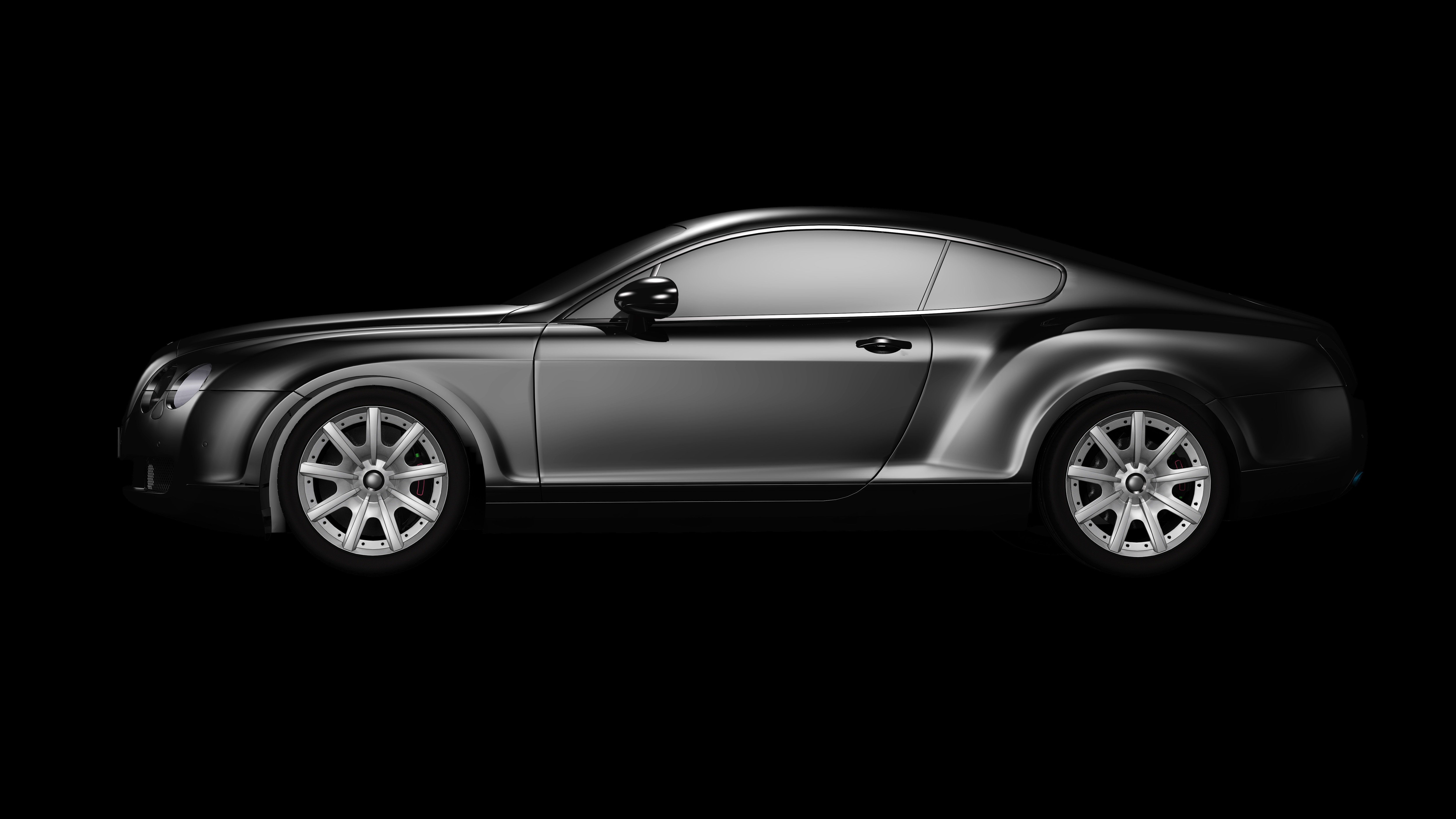The below case presents an example of how various factors result in new projects being under taken by an organization.
Folks a very interesting piece of news item I came across today(2012) :
Tata Motors to double JLR investments
As per the news item:
“Over the past 5 to 6 years, JLR has spent around 700 to 800 million pounds annually on capital expenditure and product development. Going forward, we will double that,” C.R. Ramakrishnan, Tata’s chief financial officer, said on Tuesday.
As per an older review of JLR’s XF series on BBC’s TopGear (www.topgear.com) an auto review website of a very popular TV show
Other than the product variants JLR, if my information is correct, is also lagging in clean engine technologies with respect to the proposed Euro norms that will come into play over the coming years and also when compared to what JLR’s competitors already have.
This could have multiple effects on JLR:
1) It will not be able to position itself with the consumers who are increasingly aware of environment impact: Consumer Demand driven need for undertaking a project to develop new technology
2) It will have to sell its products at a discount wrt to German and other compititors
Competition driven need for a project
3) It will have to pay additional Taxes(a green tax on inefficient cars that do not meet the emission norms) on its cars
Government Regulation driven need for a new project
The choices on this front are:
1) Invest heavily in R&D to come up with its own technology
2) Pay a licence/royalty fee to other companies and get the technology
3) Continue to pay additional tax per vehicle sold.
As you can see the budget for new capital expenditure is set to 1.5 Billion British Pounds – but given the nature of the business and the number of things to be achieved – the company will not be able to under take all projects.
The company will have to select them based on both Numerical and Non-Numerical analysis as discussed in the workshop :).
Hope this puts things in perspective!
(Update: This post was written in 2012. Since then JLR has launched several hot products. Its global revenue has increased from 9.87 Billion GBP in 2011 to 24.34 Billion GBP in 2017. https://www.statista.com/statistics/386886/jaguar-land-rover-global-revenue/ )







Leave a comment